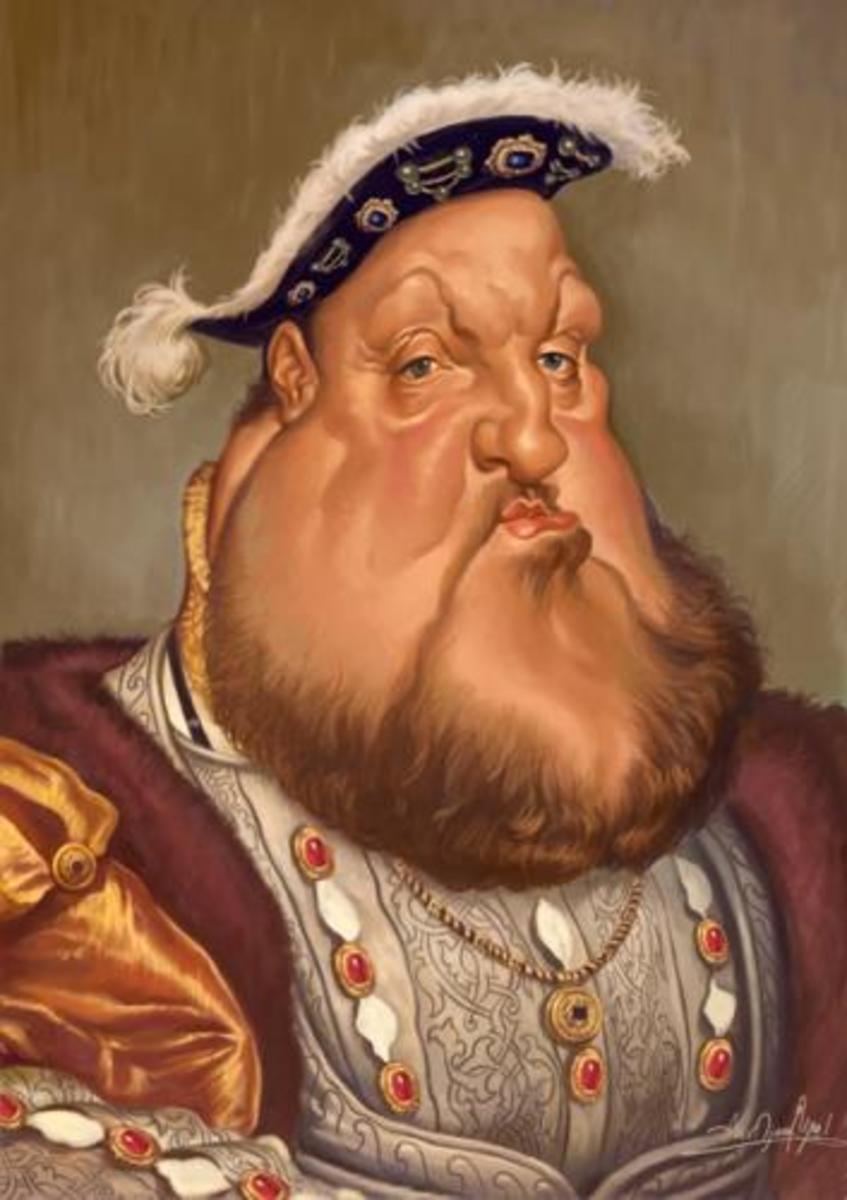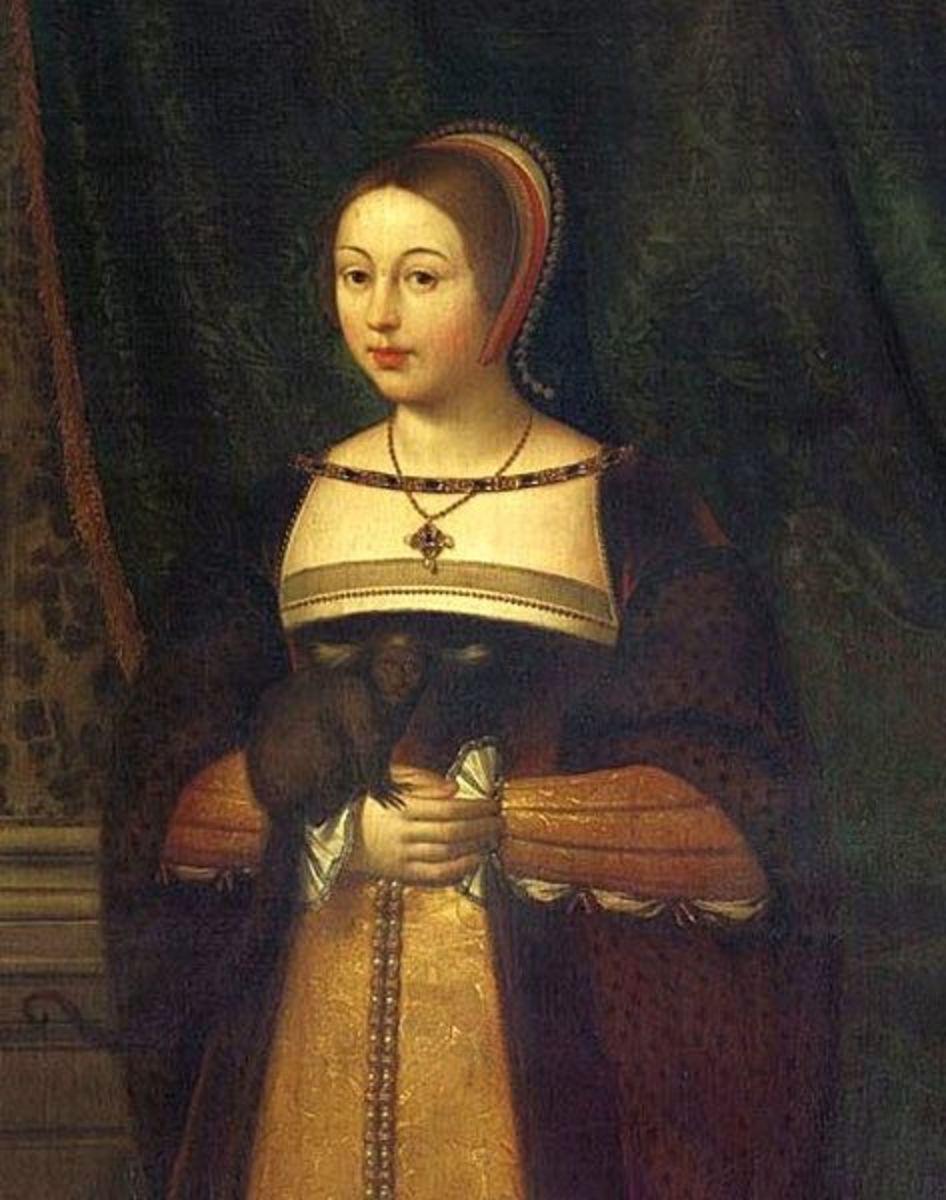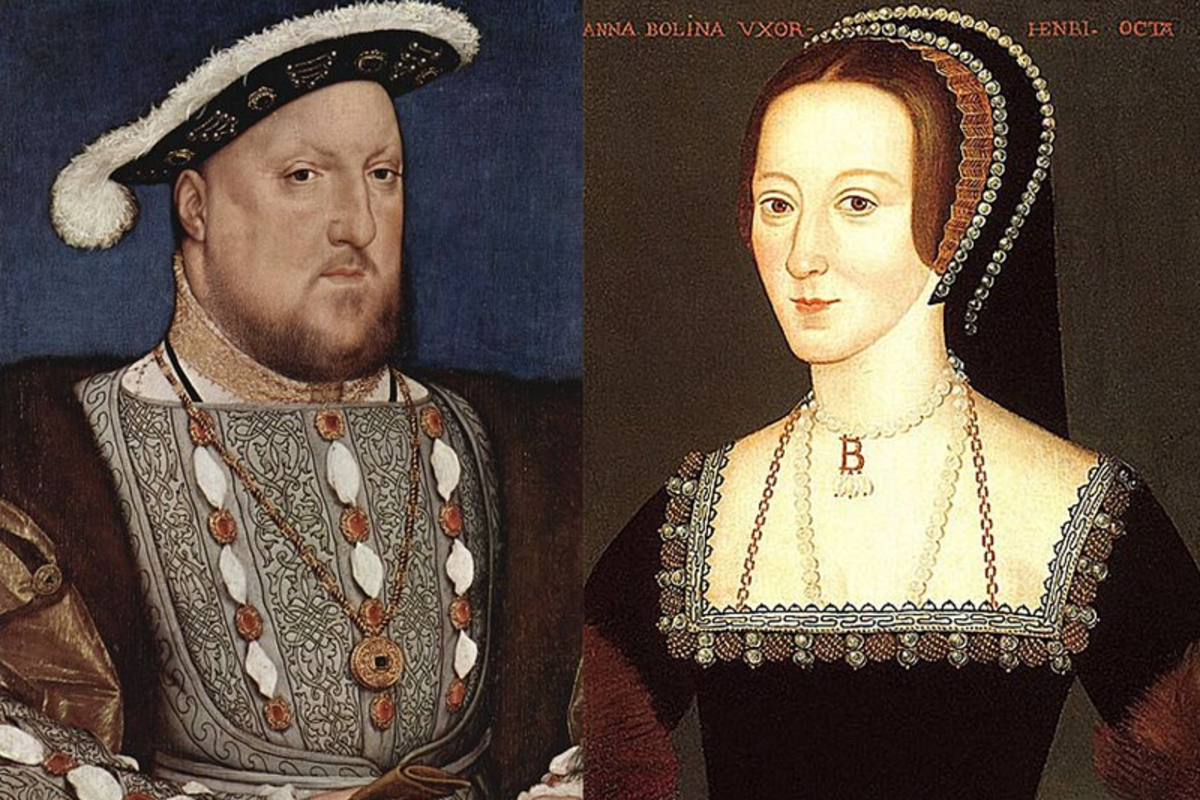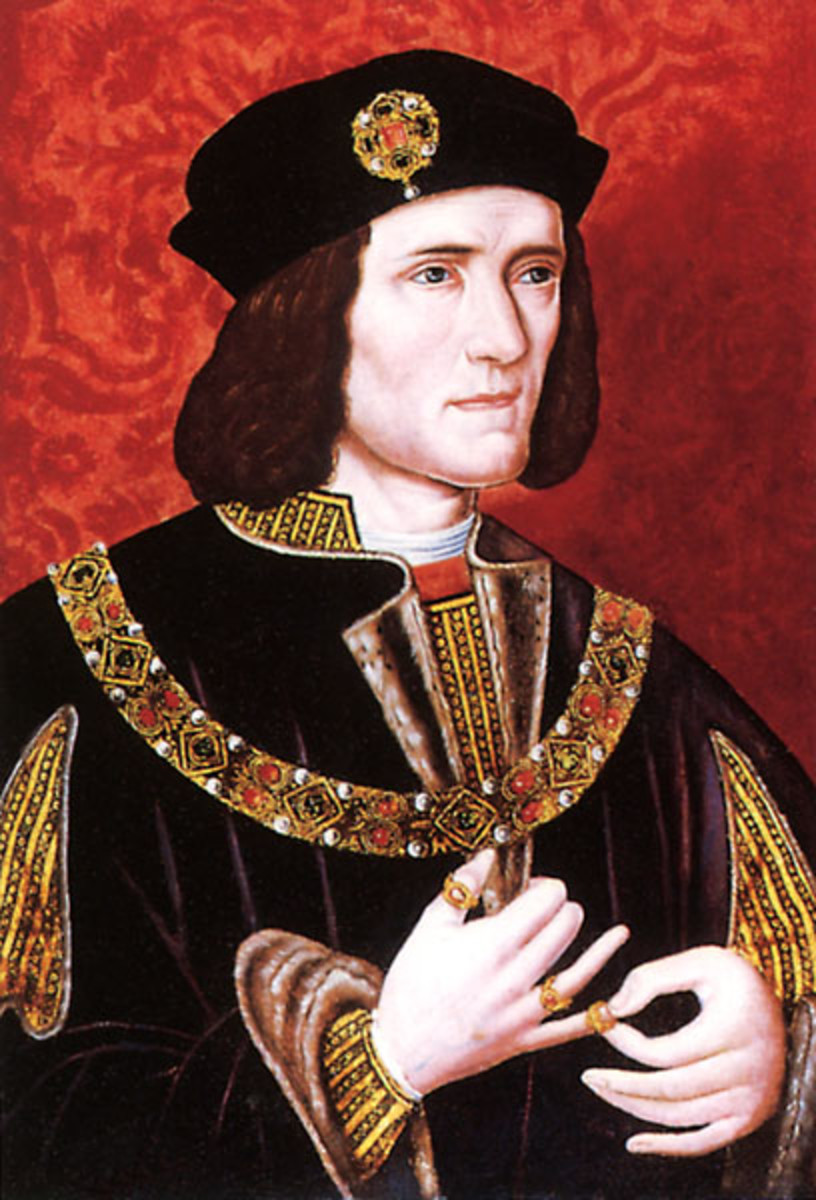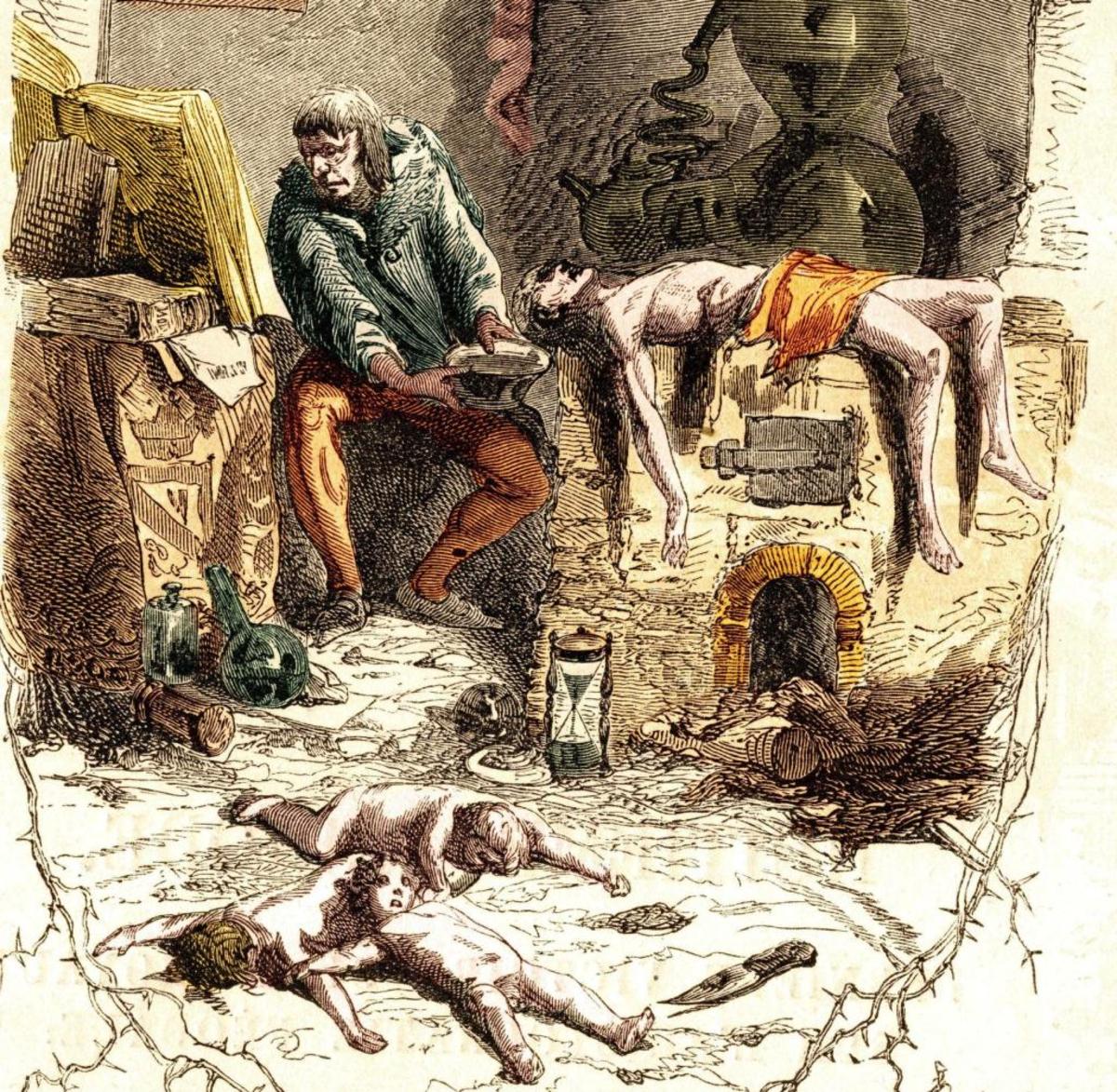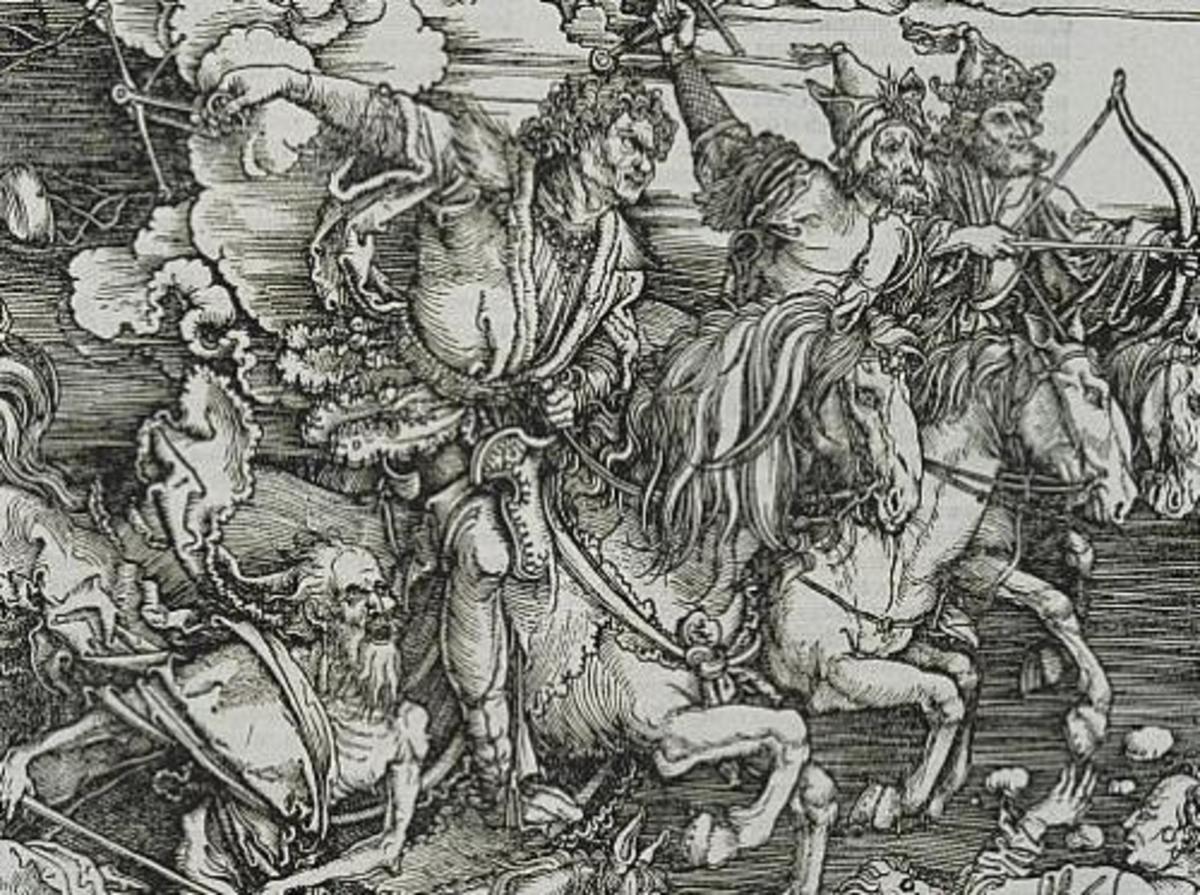Mary I of England Dies Meaning the Ascension of Elizabeth I
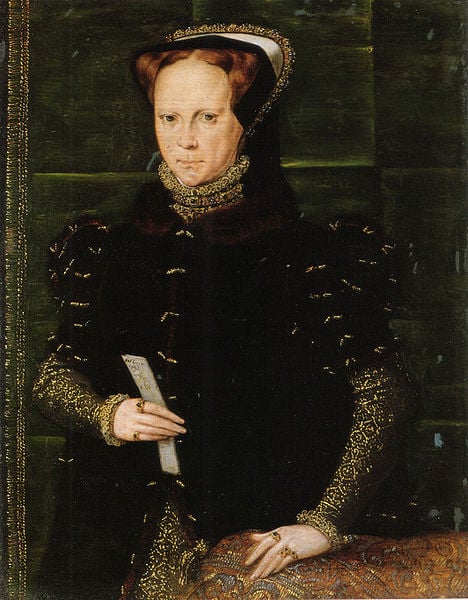
On November 17, 1558, the reign of Mary I of England had come to an end. 25-year-old Elizabeth Tudor rose to the throne as the second ever queen to rule in her own right, barring the disputed reign of Matilda centuries before and the short disputed reign of Lady Jane Grey. Mary I is now known as Bloody Mary for the number of people burned at the stake during her five year reign but during those years she was not the most hated monarch ever to rule.
Mary Tudor: The Daughter of Henry VIII and Catherine of Aragon
Princess Mary was the long awaited child of Henry VIII and Catherine of Aragon. Her mother had had at least four other children before her but none survived infancy. However, the fact that she was a girl did mean that she was a disappointment. By 1516, the year of her birth, Henry VIII desperately needed a son; an heir to the throne. It never happened; Mary was the only child of that marriage to survive.
This would cause a problem for Henry and Catherine’s marriage and Mary would find herself caught between her parents. It didn’t end well for the young princess. She saw Henry VIII tear the country apart as he fought against Rome for a divorce. The marriage to Catherine was finally annulled, Mary was an illegitimate child and no longer a princess and mother and daughter were banned from seeing each other. Henry took a new wife: Anne Boleyn. Mary soon found herself with a younger half-sister, Elizabeth.
Over to You
Who was to blame for Mary I's psychological problems?
Mary Tudor and Her Psychological Behaviour
It is likely no doubt that Mary was deeply affected by the way her father treated her mother. Anne Boleyn’s bullying nature possibly has something to do with it too. Mary was caught in a Protestant world when she still held firm to her Catholic beliefs. Henry couldn’t even find the time or inspiration to marry his elder daughter off. By the time she became queen in 1553, she was already 37-years-old. Her prime child-bearing years were past.
She was lucky to find a husband at all, let alone a Spanish husband. However, that was not without its difficulties. Mary wanted to prove that she could rule her country and that being a woman didn’t hinder her. While all legal documents would need to be signed by herself and her husband, Philip II of Spain, she made it clear that her army was not at his disposal. She stood up for England as much as possible.
There are now thoughts that Mary suffered from a tumour on her pituitary gland. This would have also affected her behaviour, thoughts and hormones. It would also be worth mentioning that she was a devout Catholic and her father and eventually her half-brother, Edward Tudor, were turning the country against those beliefs.
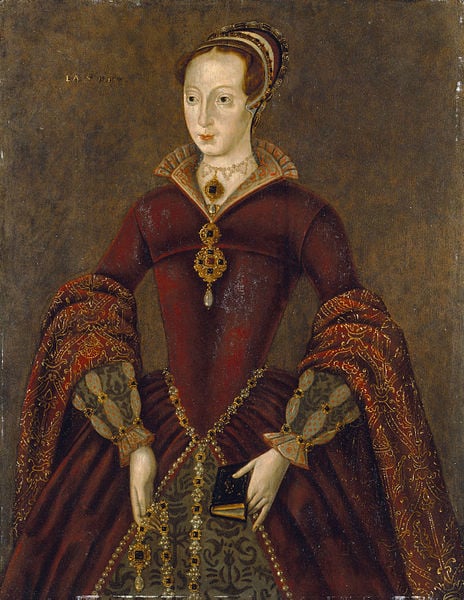
The English People Wanted Mary I of England
Edward VI died on July 6, 1553. It should have been a quick accession for Mary Tudor according to Henry VIII’s will but it didn’t happen. Edward didn’t want his half-sister to get the English crown, worried that it would lead to the country becoming Catholic again and undoing all his work. He worked with his Protector, John Dudley, to put his cousin, Lady Jane Grey, on the throne.
However, the people rallied together behind Mary and Elizabeth to depose Jane. It took 13 days from her accession for Mary to depose her cousin and take the throne for herself. The English people rejoiced when they heard that Mary was finally Queen of England, despite her being Catholic and a woman.
However, like any monarch, she did not always make favourable decisions. Some of her decisions involved burning almost 300 Protestants at the stake, including Joan Waste and Thomas Cranmer, Archbishop of Canterbury, and her marriage to Philip II of Spain. Her actions of the burnings led to her name 'Bloody Mary'; many people fail to remember that Henry VIII executed, burned and killed thousands during his 38 year reign.
The Imprisonment of Lady Elizabeth Tudor
After deposing Jane, Mary knew that she was a threat. The first thing to do was have those involved in the plot to place Jane on the throne convicted and imprisoned. However, she knew that her 16-year-old cousin was not the ring-leader in the plot. It was those around her, particularly her father-in-law, John Dudley. Jane was still convicted of treason due to signing a document as “Jane, the Quene”.
It wasn’t until Jane became a threat to Mary that she was executed. The same thing happened with Mary’s half-sister. It wasn’t until Mary felt threatened that she had Lady Elizabeth Tudor imprisoned at the Tower of London. This was all due to the Wyatt Rebellion.
Elizabeth found herself locked in the Tower for a short period before being released on house arrest. Mary continued to show her sister leniency, despite blaming Elizabeth’s mother for her own parents’ divorce. Elizabeth was subjected to house arrest for much of Mary’s reign.
Learn More About Mary I
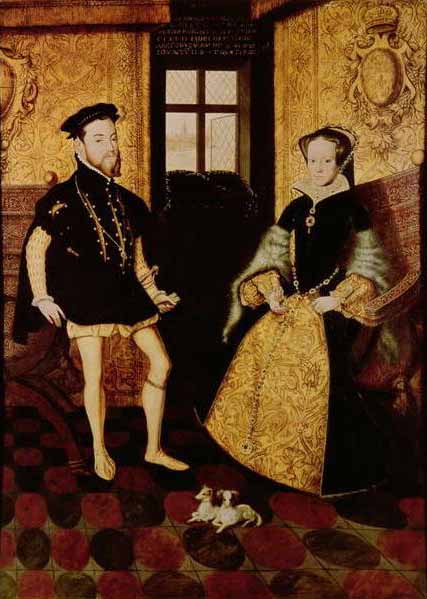
Hysterical Pregnancies and Mary I’s Death
During her reign, Mary I suffered from two false pregnancies. The first was in 1554. She felt nauseous on mornings, gained weight and stopped menstruating. The whole court believed that she was pregnant with the future heir to the throne. Her council went as far as passing an Act of Parliament that in the event of Mary’s death during childbirth, Philip would become regent. The only person who seemed to doubt that Mary was pregnant was her husband. His doubt turned out true when April, May and June of 1555 passed and there was still no child. By July 1555, her abdomen started to recede and it was clear that it was her first hysterical pregnancy. Mary blamed it on tolerating heretics in her country and believed it was a sign from God.
Her second false pregnancy occurred in 1557. The baby was due in March of the next year but the month came and went without a baby. She believed so much that there was a baby that she made it clear that her husband would be regent. She needed an heir and couldn’t have her half-sister become Queen of England.
The second false pregnancy made it clear that there would be no heir. She had to give in to the fact that she would be succeeded by the daughter of the woman who she felt destroyed her parents’ marriage.
From May 1558, Mary fell ill. She would remain ill and weak and final succumb to influenza. It is possible that cancer was the cause of her death but this wasn’t known in Tudor England. Ovarian cysts are another common reason given for Mary’s inability to conceive. Mary died on November 17 and was buried in Henry VII’s Lady Chapel in Westminster Abbey, despite stating in her will that she wanted to be buried next to her mother. She would later be joined by her half-sister and they now share the same volt; although only Elizabeth has an effigy.


